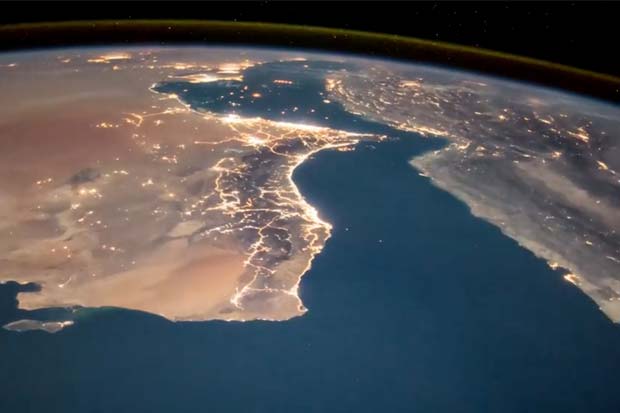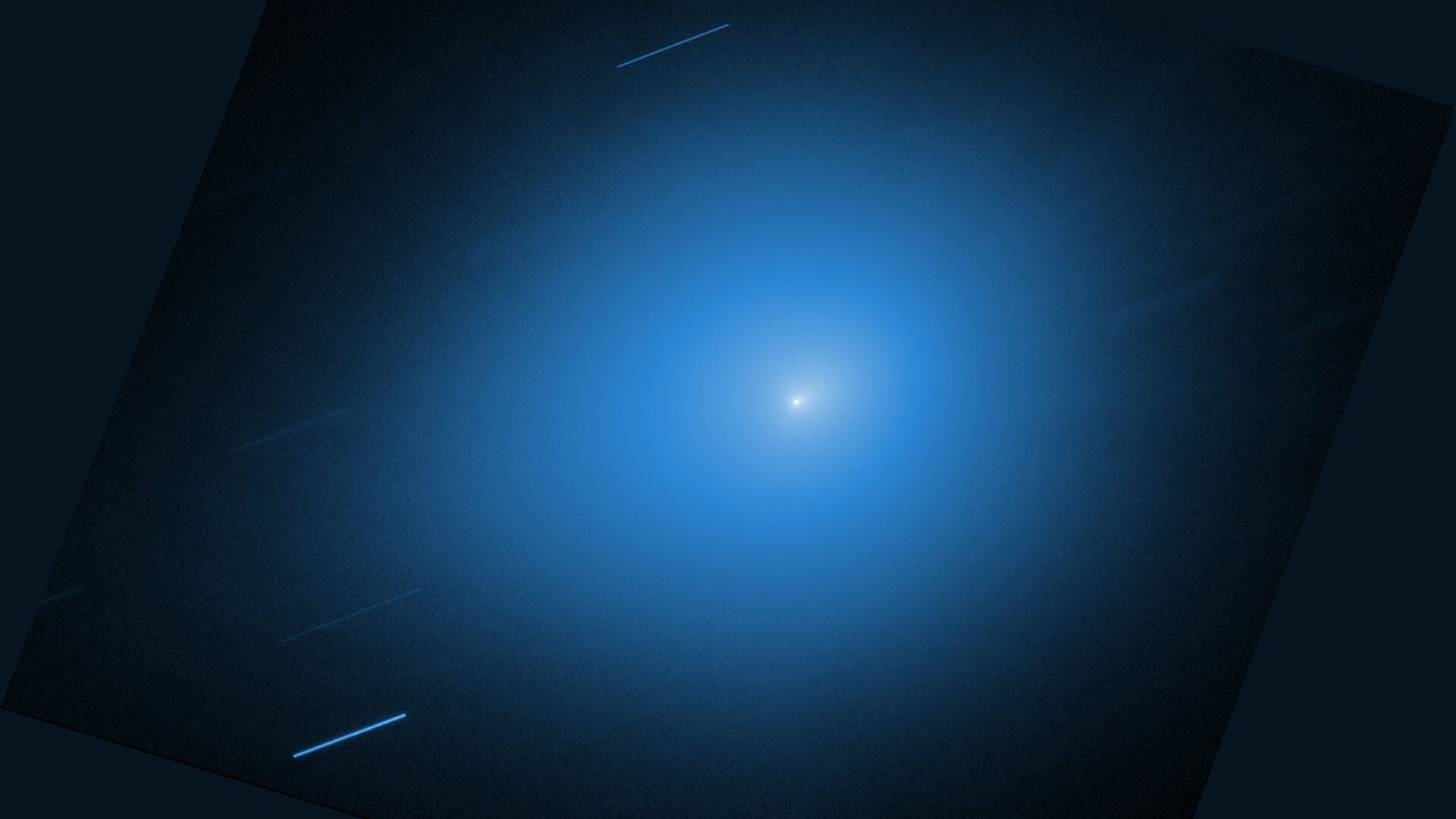Earth from Space: Amazing Time-Lapse Videos by Astronaut Paolo Nespoli

Update Dec. 12: European Space Agency (ESA) astronaut Paolo Nespoli has spent a lot of time orbiting planet Earth on two tours of duty aboard the International Space Station, and one on a NASA space shuttle mission. He's spending his last month in space soaking up the sights and delivering amazing imagery of Earth. Nespoli is due to return to Earth on Dec. 14 to end his Expedition 53 mission to the station. This month, ESA has been releasing a "Timelapse a Day" of Nespoli images. Check them out here and be amazed at Nespoli's spectacular view of Earth from space.
Dec. 11: South America and Patagonia during daytime
Pacific Ocean coast of Chile and parts of Argentina can be seen.
Dec. 10: Florida to Venezuela in daytime pass
Miami, the amazing blue waters of the Carribean Sea, the Venezuelan city of Caracas and more can be seen in this view.
Dec. 9: Fly over Ho Chi Min, Hong Kong and Shangai
This nighttime pass takes you from Bangkok to Sapporo.
Breaking space news, the latest updates on rocket launches, skywatching events and more!
Dec. 8: See Copenhagen and Bay of Bengal in Nighttime Footage
Fly over of Europe and Bay of Bengal features auroras and city lights.
Dec 7: Vibrant auroras over North America
Nighttime view of auroras and solar panel movement can be seen.
Dec. 6: Africa to Russia from Space Station
Daytime pass of the International Space Station over nothern Africa, Italy, Croatia, Russia and more.
Dec. 5: Auroras and stars from unique vantage point
The stars auroras “dance” over North America in an unusual look at Earth from space.
Dec. 4: International Space Station flies over Australia
Imagery of the land "down under" captured by Nespoli.
Dec. 3: Moonrise Seen from Space Station
A time-lapse video of the moon rising as seen from the International Space Station was released on the day that Earth was treated to a "supermoon."
Dec. 2: Somalia to Russia
Somalia, the Gulf of Aden, Yemen and more can be seen in this nighttime look.
Dec. 1: California to Mexico
Daytime look at southern California and Mexico from space.
Follow Steve Spaleta on Twitter or Facebook. Follow us @Spacedotcom, Facebook and Google+. Original article on Space.com.

Steve Spaleta is Space.com's Senior Producer. Since 2007, Steve has produced and edited space, science and entertainment-related videos for Space.com. He is also the producer/writer/editor of Space.com's CosMix series on space-enthused artists. He studied psychology at the State University of New York at Stony Brook and is originally from Zadar, Croatia by way of Astoria, NY. To see Steve's latest project, follow him on Twitter and follow Space.com's VideoFromSpace YouTube Channel.
